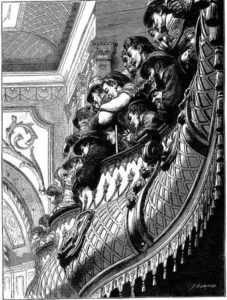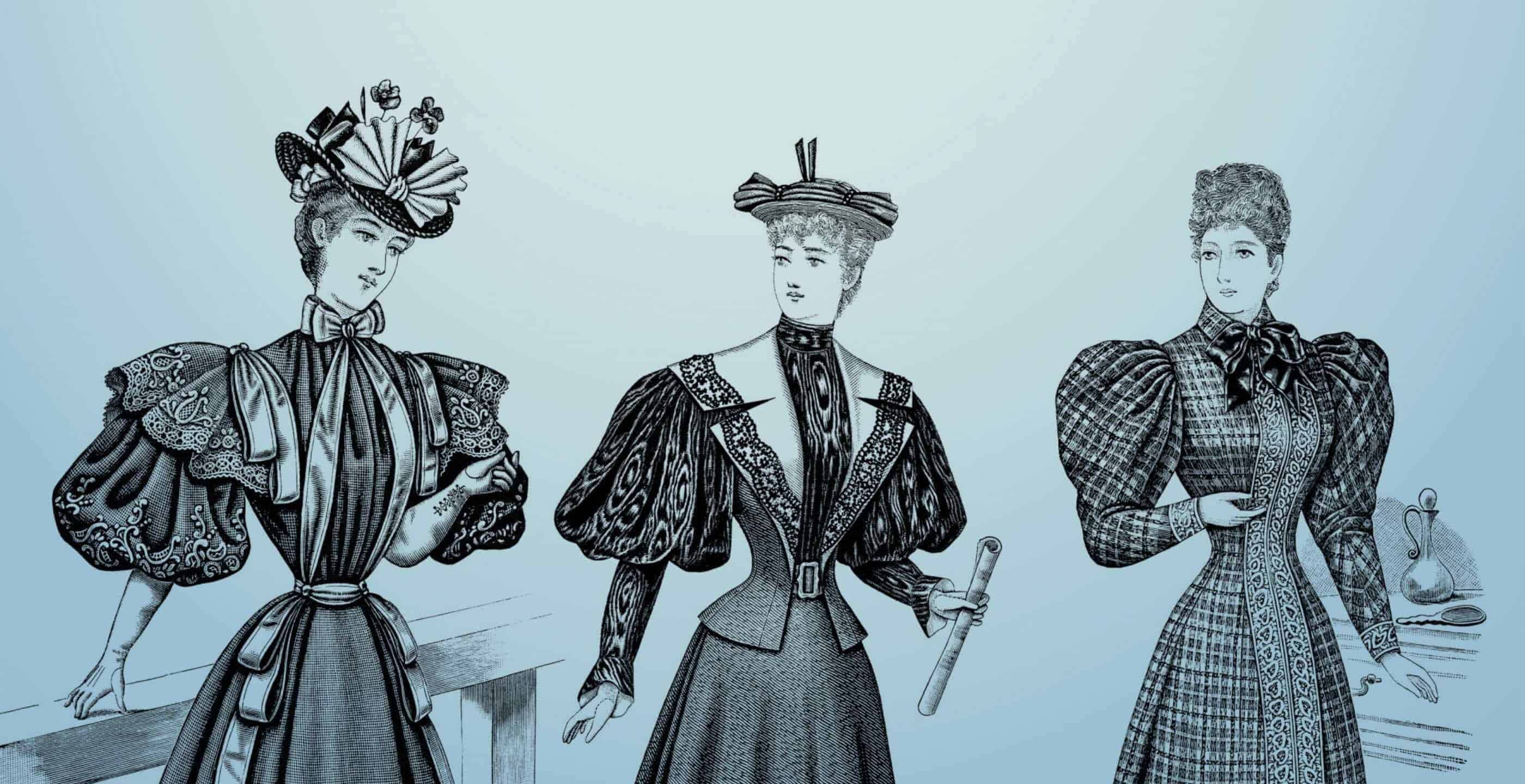The Great British Music Hall was a cultural phenomenon that thrived in the early Victorian era as an entertainment venue for theatre and musical acts. The popularity of the music hall made it a vital cultural and social institution embedded in British history.
The music hall derives its origins from the eighteenth century coffee houses, saloon bars and taverns that existed across Europe. In London, men would not only enjoy refreshments in the form of a beverage or a meal but could do business whilst performers would entertain the audiences. Some of these coffee houses or taverns began to dedicate more time to entertainment, with rooms specifically devoted to musical performances.
By the 1850’s music hall theatres solely dedicated to entertainment had evolved, providing a variety of acts with catchy songs and theatrical displays to entertain whilst people ate, drank and smoked.
This was a new concept for the theatre and entertainment sector as previously theatres were more formal with seated audiences and separate rooms for refreshments. The music halls were providing a new kind of social scene for people to enjoy.
The music hall became synonymous with affordable entertainment in the Victorian era. The public were treated to a wide range of performances, from gymnastic acrobatics to singing and dancing routines. The popularity is exemplified by an illustration from “The Graphic” newspaper showing audience members vying to get the best view of the performances.

The audience members included a new urban working class emerging out of the context of the Industrial Revolution. The desire for more affordable entertainment in a more relaxed atmosphere made for a jovial atmosphere. As the alcohol flowed, the lower classes were able to kick back and relax as they enjoyed the music and acts that were on offer. A sometimes rowdy experience, it was appealing to those who wanted to join in the frivolity and raucous fun.
The prominent music halls of the century were mainly located in the capital, in and around London such as the Canterbury Music Hall based in Lambeth. The Canterbury Hall was opened in 1852 and had a capacity of 700. Light refreshments were served to the audience whilst they enjoyed the performance. The audience were particularly enthralled by the star act at the time, Sam Cowell, a comic singer who became a star in this new theatrical setting.
The popularity of Canterbury Music Hall began to grow considerably with audiences flocking from across the city. To accommodate the growing audiences, a new hall opened in January 1855 complete with elaborate chandeliers, a grand staircase, art gallery and enough room for 1500 people. Admission was nine pence to sit in the gallery and sixpence in the stalls.

The music halls of the Victorian era began to gain a reputation amongst the middle classes for their vulgarity and distasteful performances. Nevertheless, music halls continued to flourish, so much so, that by 1875 there were around 375 music halls operating just in the Greater London area. Of course, this level of entertainment and competition between halls necessitated a growing array of performers and entertainers. For some working class women, this would provide a much needed opportunity to acquire independence with their own income.
If the public liked the songs and music they would join in and cheer their favourite performers whilst those that gave lack-lustre shows were booed off the stage.
One of the biggest stars to emerge at this time was Marie Lloyd whose voice, good humour and abundance of personality on stage made her a favourite amongst audiences. She was famous for her trademark parasol and quick wit.

Conventional acts of singing, comedy and dancing remained the quintessential part of the music hall. Dan Leno, a major star known as “The Funniest Man on Earth” was one of the most popular figures of the 1890s, famous for his pantomime-style performances.
New types of performances and genres would arise from this setting including “the lion comique” which became synonymous with Victorian music halls across London. A parody of the upper classes, the performers would dress flamboyantly and mimic real life characters, to the delight of their working class audiences. Comic singers such as Alfred Vance, G.H MacDermott and George Leybourne became household names. Vices such as idleness and drinking would be made fun of, as in George Leybourne’s famous song “Champagne Charlie”. Other music hall acts included mimes, musicians and over time, magicians and trapeze artists.

By the turn of the century, the music hall found itself embroiled in an industrial conflict triggered by the increased restrictions on performer’s contracts which often included “exclusivity clauses”. Eventually, in 1907, with the issue between managers and performers remaining unresolved, a strike was called at the Holborn Empire, which soon spread to other venues across town.
The situation soon became serious with the distribution of leaflets with the dramatic headline, “Music Hall War!”. Managers were forced to scrambled together relatively unknown acts in order to fill the bill. More and more famous acts, including even the legendary Marie Lloyd, joined their fellow performers in solidarity, eventually forcing the managers to give in to their demands which included additional payment for matinee performances.
 Poster canvassing support for the music hall strike of 1907
Poster canvassing support for the music hall strike of 1907
During the First World War, music halls hosted charity events for the war effort. However post-war it soon became apparent that the golden days of the music halls were over. The era of the Victorian entertainment was evolving into something new with the introduction of jazz music.
With the advent of talking films, the public were soon seeking a new entertainment experience and eventually famous venues such as “The Canterbury” were forced to close. Like many others, the Canterbury was turned into a cinema.
However, there remained a certain nostalgia about music hall. An entire generation of performers and artists learnt their trade on the music hall stage, including such famous stars as Charlie Chaplin who got his first break in a music hall.
Jessica Brain is a freelance writer specialising in history. Based in Kent and a lover of all things historical.







